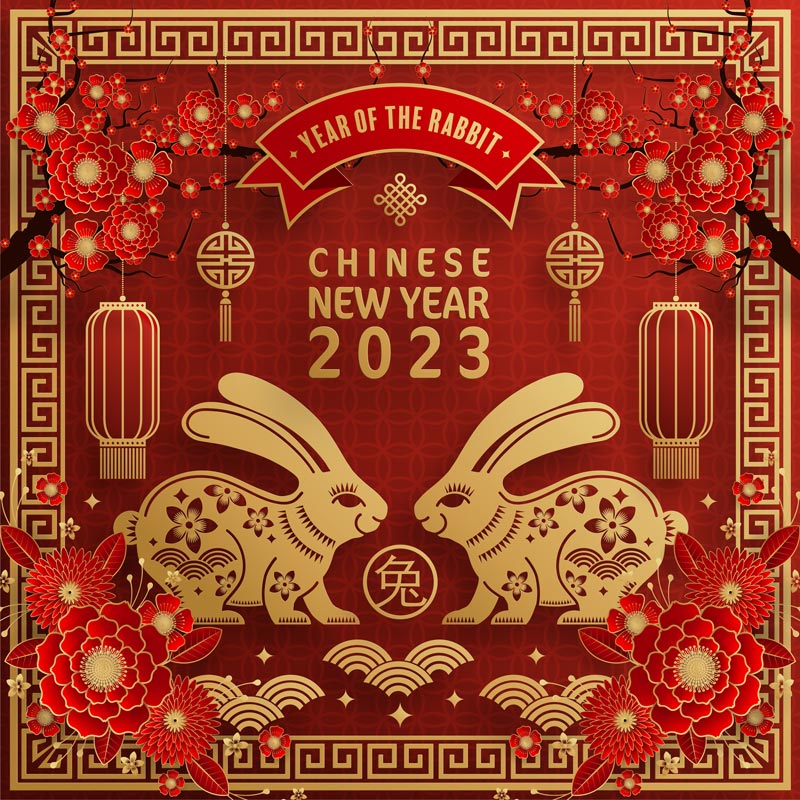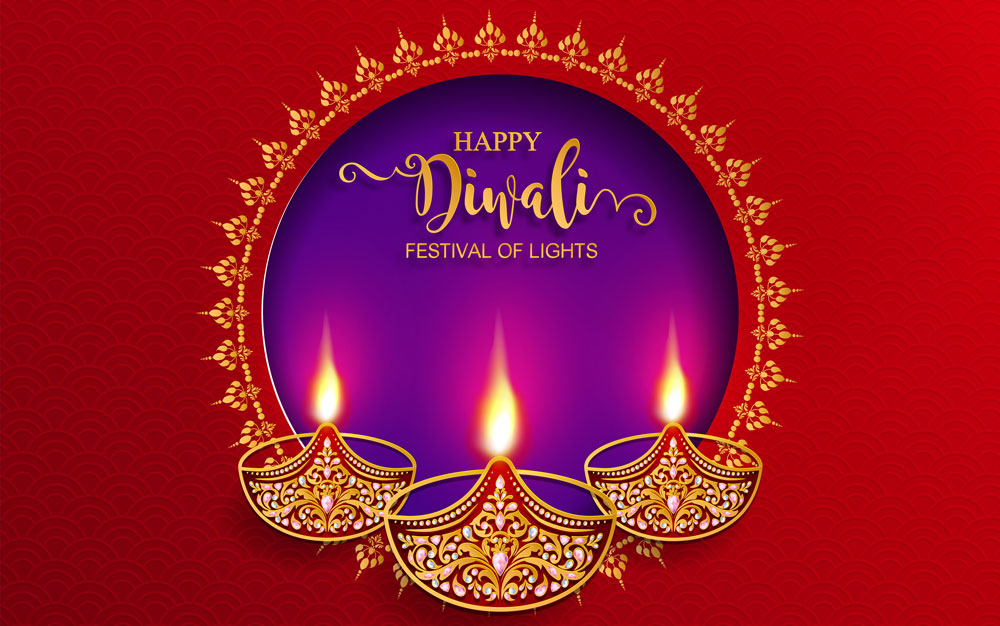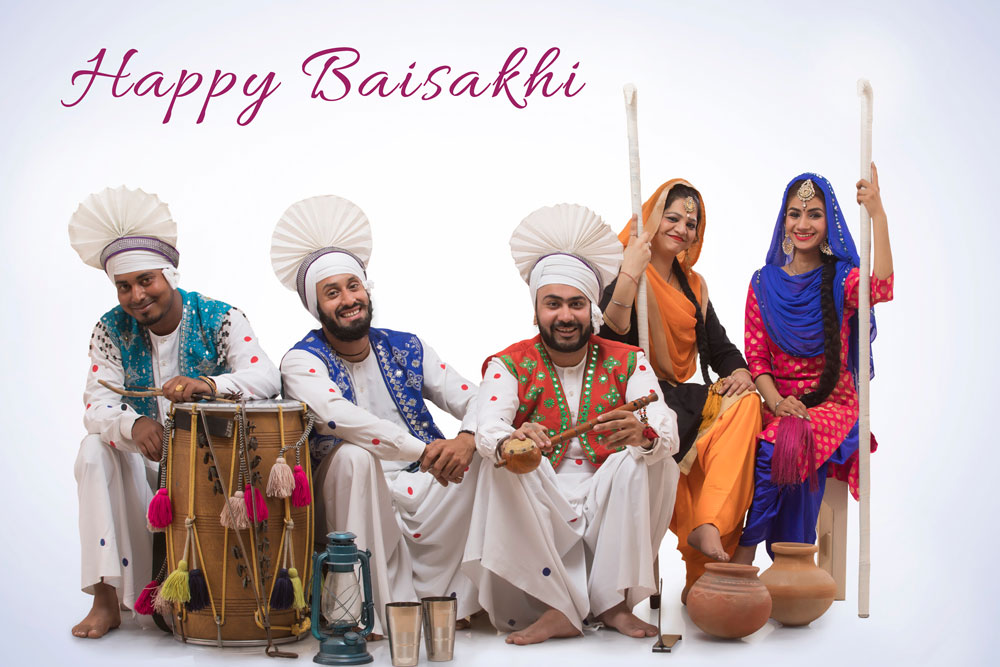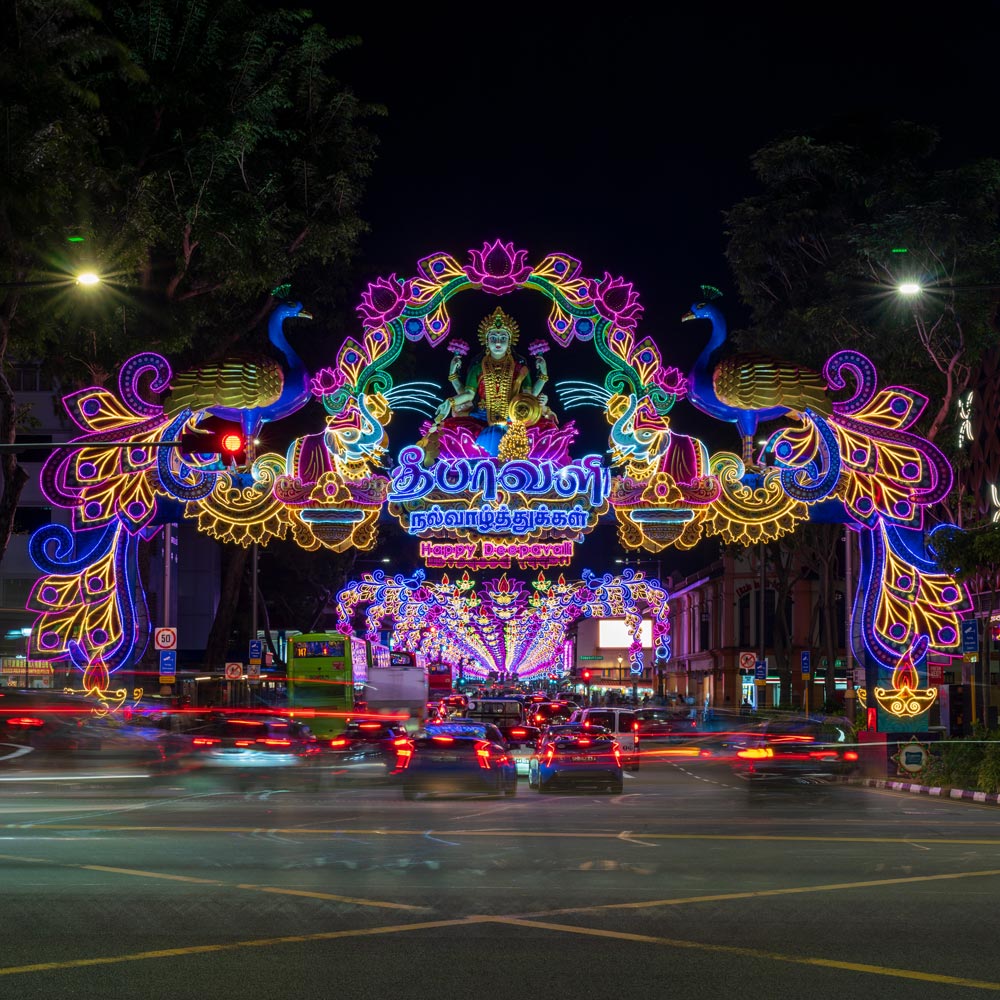Vedic New Year: Global Traditions and Our Relationship with Time

Calendars are flexible and so is time. The Gregorian calendar, the solar dating system commonly used today, was created by Pope Gregory XIII in the late 16th century. It is itself a revision of the Julian calendar, established by Julius Caesar.
“I like to think of a new year being possible at any moment, as every moment is a kind of doorway,” said Joy Harjo, the United States poet laureate. “You can go any direction.”
Rosh Hashanah, the Jewish New Year, arrived this past year in September with the sounding of the shofar.
Sometimes I think of time as fluid, almost reversible, the way that music can be. Playing the scales, I can play them forward or backward, and lose myself in them, for a moment, not having a sense of direction, or, for that matter, a sense of time.
December 31, which comes from the Gregorian calendar, is an internationally accepted marker of the shift from the old year to the new. However, many cultures adhere to different dates and traditions. The Chinese Lunar Calendar, for example, is based on the cycles of the moon and the sun. In 2023, New Year’s Eve celebrations in China (and in Chinese ethnic communities around the world) will begin on January 21 and end on February 5, the day of the Lantern Festival.

In India, there are multiple days and festivities associated with the new year, depending on the region, culture, and calendar that one consults. These traditions began to emerge approximately three millennia ago. To fully understand New Year’s within Indian history requires study.
Here we look at some of the most significant differences and Vedic traditions. In each case, celebration of a new year is a time for joy, spiritual reawakening, new beginnings, and the release of bad karma.
A Short Overview of the Vedic New Year(s)

Per the Vedic calendar, Ougadi (Ugadi), the New Year, will take place on March 22, 2023, and is a public holiday, though states and regions may differ from the federal government regarding which days are officially recognized. Ougadi is primarily celebrated as the official New Year by the Hindu Telugu and Kannada communities, though celebrations occur across India with great fanfare.
In Vedic astrology, the timing of the new year corresponds to the movement of the Sun into Aries and the start of the first month (known as the Chaitra month). This is an auspicious time for karma removal, spiritual dedication, and new projects. The Vedic New Year also recognizes the day on which Lord Brahma, the Creator, created the universe.
Diwali (or Deepawali), known in English as the Festival of Lights, is another tradition associated with the concept of a new year and the need to celebrate and reflect. Diwali began as a celebration of the summer harvest and takes place in the fall season. The next Diwali will take place between November 12 and November 16, 2023.
Let me emphasize that India is an extraordinarily diverse country wherein regions may differ culturally, linguistically, historically, and ethnically. Western states, such as Gujarat, and areas in northern India are most likely to associate New Year’s Day with Diwali, as described above.
Other regions and/or cultures may celebrate the New Year at a different time. For example, the Marathi New Year (Gudi Padwa) will take place on March 22, 2023, as per the Hindu calendar. Sikh Indians in Punjabi celebrate the New Year (Baisakhi, sometimes known as Vaisakhi) on the 13th or 14th of April each year, to recognize the birth of Sikhism as a faith and to ask for good fortune in the coming year. As with the Vedas, comprehending the richness of India can take more than one lifetime’s worth of effort!

Several gods and goddesses are evoked in Vedic New Year’s celebrations, again depending upon the region and cultural traditions. For many Vedic believers, Diwali reveres the Goddess Lakshmi, the wife of Vishnu and the goddess of wealth and prosperity. Meditation is one way to honor the power of Lakshmi.
Ganesha, the elephant-headed son of Parvati and Shiva, is also evoked by many Vedic believers as he is the god of new beginnings and good luck and has the power to remove obstacles. The mantra Om Gum Ganapatayei Namah roughly translates as “I bow to Ganesha, who is capable of removing all obstacles. I pray for blessings and protection.” This is a devotional mantra to use when asking for protection and guidance as you navigate the challenges of a new year.

Diwali has spread from India to include countries such as Guyana, Fiji, Sri Lanka, and Singapore (though dates may differ), as well as many adherents of Buddhism and Jainism. While dates and traditions may differ widely, common to all these celebrations is a focus on family, spiritual reflection, knowledge, hope, and joy. Indian tradition holds that adherents should begin to prepare for Diwali thirty days in advance through various cleansing and organizing rituals and customs that clear out the old and make way for the new.
Some Final Thoughts
Vedic philosophy is rich and complex, spanning such interrelated concepts as vedic astrology, ayurveda, meditation, and the chakras. It requires sincere devotion, a spiritual teacher, and a commitment to stay the course even when things become challenging. This brief overview of the New Year in the Vedic tradition can give you only a glimpse of the bounty that awaits careful study.
One way to become more familiar with the wisdom that the Vedic New Year brings is to seek out Diwali celebrations. Diwali is celebrated throughout the world and the spectacle of food, generosity, and beautiful colored lights can inspire and uplift. I love the unique traditions and history of this area of the world and enjoy sharing them with you.
In closing, you may also find the Lakshmi Gayatri Mantra to be a powerful way to honor Lakshmi and the New Year and to seek abundance and good fortune: Om Mahalakshmyai Cha Vidmahe Vishnu Patnyai Cha Dhimahi Tanno Lakshmihi Prachodayat.
Much can be learned from the Vedas, including mantras, which can be leveraged to enhance (and often simplify) your daily meditation practice. It is this sort of meditation that is taught in our bestselling Vedic Meditation course, through which you can also receive your very own personal mantra. Click here to access it now >>

I wish you a happy and abundant New Year.
